Learn English while learning about daily life in Australia, with Rob McCormack
Podcast Number 14 – Turning on the Tap – Clean Water in Australia
Hi,
Sometimes we don’t appreciate the good things we have. We complain about having a bad day, or perhaps we wish we had a new car or a new computer. One of the good things we have in Australia is our water. It’s clean and it’s always there. You just turn on a tap and it comes out. In this podcast I would like to tell you a little about our water here in Melbourne.
Australia is a land of contrasts. We have areas with lots of rain and we have areas with very little rain. In fact, in many parts of Australia it doesn’t rain very much at all. So not having enough water can be a problem. In 2009, Melbourne’s water supplies got very low. There had been poor rains in the winter for several years and our water storage levels were below 30% full. The truth is, we didn’t use our water well. We wasted a lot of water. So our government started an advertising campaign to help us all to use less water. This advertising campaign told us to try and use no more than 155 litres of water, per person, per day. The people of Melbourne heard the message and our use of water went down. That was a great result. Over the last 3 years we have had good rains in winter and, together with using less water, our water storage levels are now back to over 70% again. We are all happy about that.
The city has ten large reservoirs for water. The largest is the Thomson Dam, which holds more than one billion litres. That’s enough water to fill 427,000 Olympic swimming pools. These reservoirs are in the Yarra Ranges near the city. Five of these reservoirs have catchments. A catchment is a large area of land around the reservoir where the rain can run off the land, into creeks, into rivers and finally into the reservoir. For example, the Thomson Dam has a catchment area of 48,700 hectares. That’s 487 square kilometres. From these five reservoirs with catchments, some of the water is pumped to the other five reservoirs, so that, in total, Melbourne has ten reservoirs to hold its water.
But of course it’s not only about having enough water. The water must be clean. Well, Melbourne’s water is very clean. About 80% of Melbourne’s water comes from catchments which are closed. A closed catchment means that the forest and bush in those catchments is undisturbed – that means that no people live there and people are not allowed to go there. It is completely natural forest and bush. Water which flows from these catchments into those reservoirs is already very clean. Melbourne is one of only 5 cities in the world which has closed catchments.
About 20% of our water still comes from open catchments. Open catchments are not closed to the public. These catchments are downstream from towns and farms. Therefore treatment of our water is required to make sure it is clean and safe for people to drink and to use. There are 3 treatment plants in Melbourne. One of them is the Winneke Treatment Plant and I can ride there on my motorcycle in about 30 minutes.
It is next to the Sugarloaf Reservoir, one of the ten reservoirs which Melbourne has.
Like many reservoirs, it has a great area where you can take the family for a barbeque. When our children were young, we took them there for a barbeque and we really enjoyed it.
The water is treated in 3 steps. First, it is filtered. Filtering removes 95% of solids and microorganisms. Microorganisms can make people sick and must be removed to make the water safe. Second, a small amount of chlorine is added. The chlorine kills any remaining microorganisms not removed by the filtering. The water is now safe to drink. Third, fluoride is added. Fluoride is a chemical which helps prevent tooth decay.
From there, the water is sent down large pipes to 40 smaller service reservoirs around Melbourne. From there, it is sent down smaller pipes straight to houses and to businesses all around Melbourne. So all you have to do is turn on a tap and out it comes.
If you have a question or a comment to make, please leave it in the comments box at the bottom of this page. You can leave your comment in English or in any language and I will translate it. Or, you can send me an email at rob@slowenglish.info. I would love to hear from you. Tell me where you live, a little bit about yourself and what you think of my Slow English podcast. Perhaps you could suggest a topic for a future podcast. Goodbye until next time.
Rob
Podcast 14 Quiz - Did you understand the podcast?
You can take the quiz as many times as you like.
Vocabulary
advertising campaign = a number of advertisements are shown, usually on TV, radio or posters
appreciate = to realize the value of something
billion = 1,000,000,000
businesses = where people sell things or services to make money
complain = to tell someone that you are not happy about something
contrasts = differences, when two things are not the same
creeks = water running down a valley
downstream = down the river, the water always flows downstream
farms = where people grow crops and keep animals
government = the country is run by the government
natural = has not been changed by people
not allowed = when you are not able to do something
per = each
pipes = long round tubes which carry water
prevent tooth decay = stop people’s teeth going bad
public = the people who live in your country
remaining = what is left after something is taken away
removed = when something is taken away
required = when something must be done
reservoirs = a place which stores a very large amount of water, usually a dam
result = the outcome
several = more than one
tap = something at the end of a water pipe. You can turn it on or off
treatment = when something is changed, usually to fix a problem
truth = when something cannot be denied
undisturbed = has not been changed by people
wasted = when something is not used as it should be
water storage levels = how much water there is. For example, full, empty, high, low, 50%

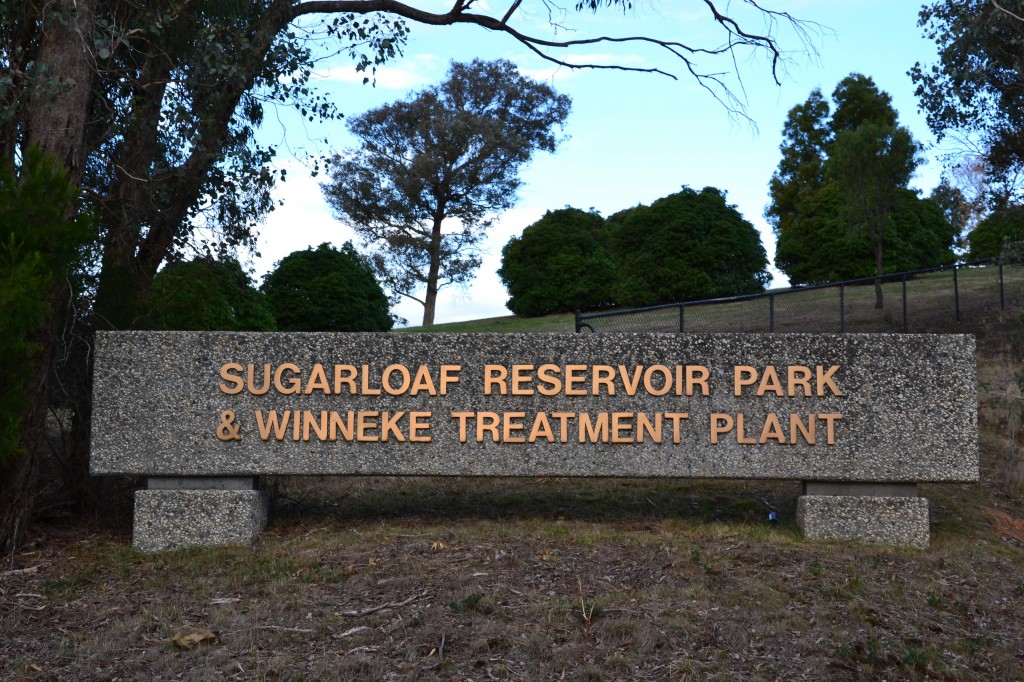
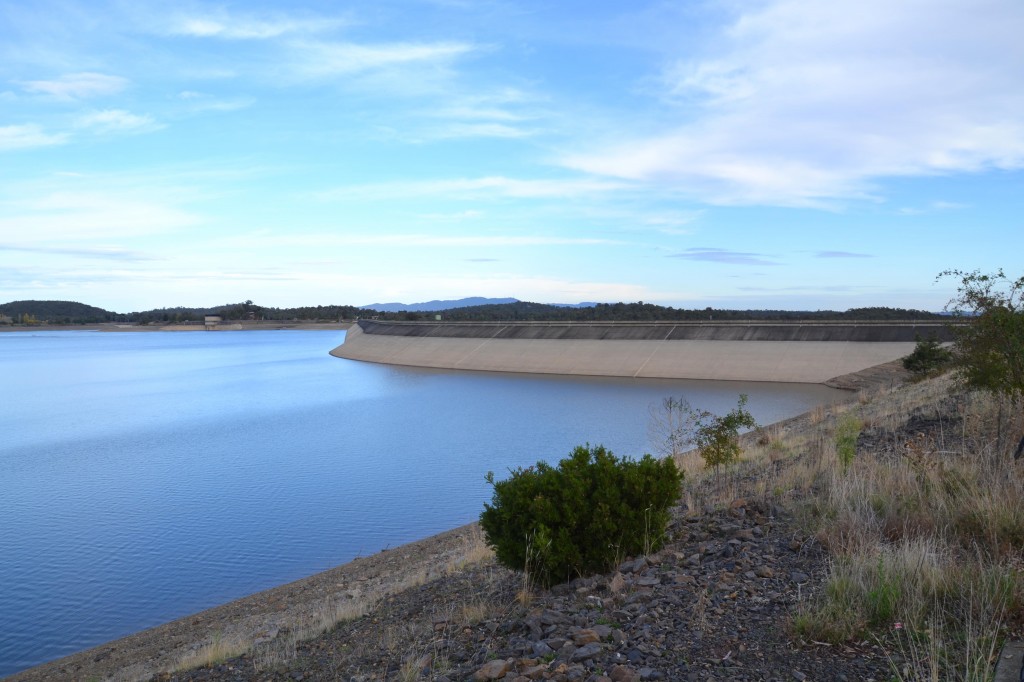
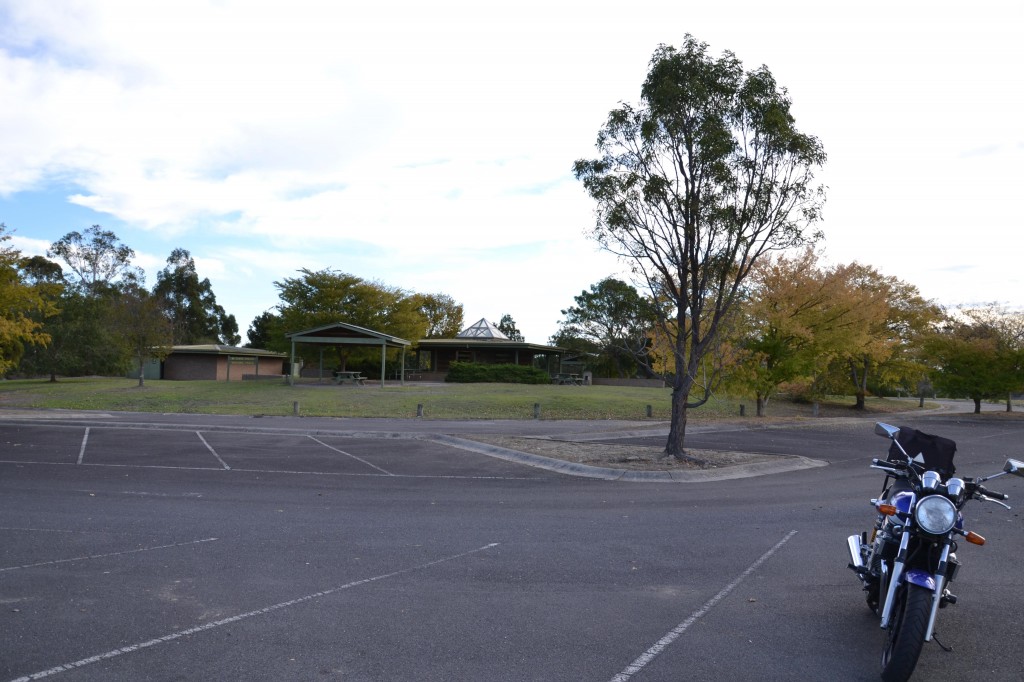
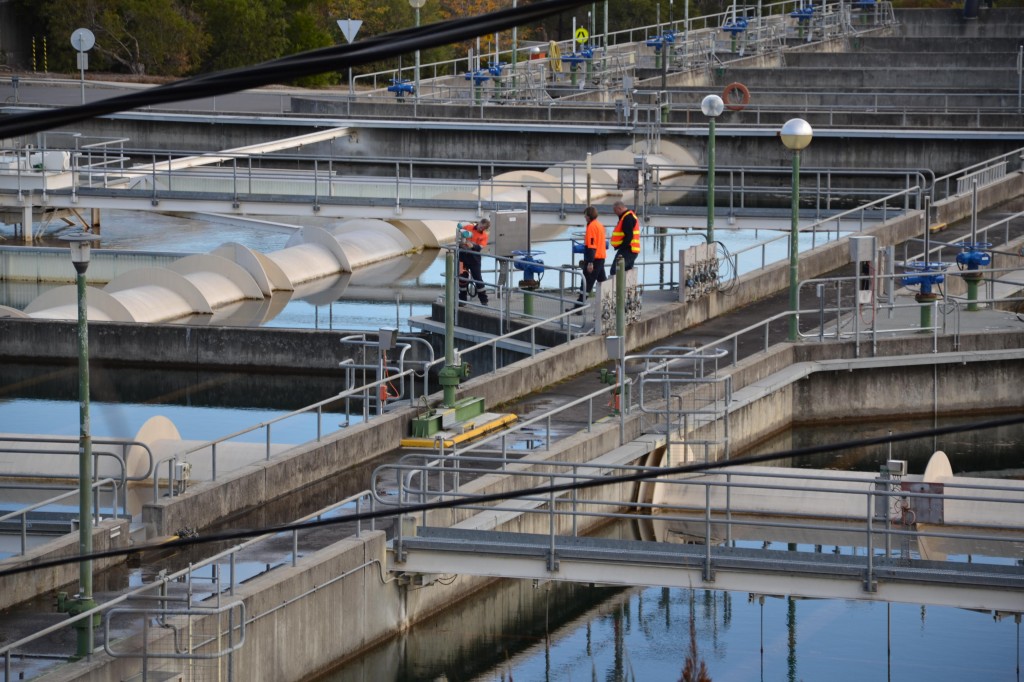
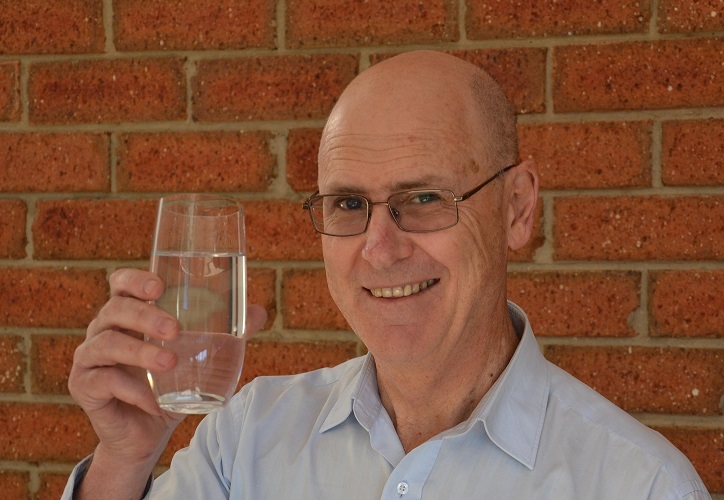
November 24, 2022 at 1:10 pm
Hey rob
Thanks a lot
Very much useful for me
November 24, 2022 at 2:30 pm
Hi Vahid,
Many thanks for your comment. I am glad you find it useful.
Cheers,
Rob
January 10, 2017 at 1:27 am
Hey Rob,
Your website is fantastic. I really enjoy listening to your voice. Keep on please 🙂
BTW, I have a suggestion, if you mind. Can you please put the download link of your voices as well as its PDFs. Another great idea is that if the texts could be highlighted, whenever the voice is played.
January 10, 2017 at 3:29 pm
Hi Mason,
Many thanks for your comment and kind words. Thanks also for your suggestions. I will investigate these ideas.
Have a great day.
Rob
October 2, 2015 at 5:02 am
Hi again Rob!
Here in Chile, we don’t have a good water service, specially in the north. If you come here once in your life, I highly recommend you do not drink water in Antofagasta. As it is a region with a lot of work in Miner, the water from pipes contains a lot of salts and minerals. Even I got sick there when I went. and now I have known a lot of foreigners with the same problem.
Also in Santiago the water has a terrible flavor, like with chlorine. But this last three months I worked at the Sky Center Cerro Colorado, and the water from the mountains was sweet and fresh, it remained me when I went to Puerto Montt (at the south of chile) backpacking, I drink water from the rocks, the same freshness but sweeter !!
I was afraid to have to buy thousands of bottles of water in Australia, but now I know it won’t be a problem to drink directly from pipes 😛 !
October 2, 2015 at 10:17 am
Hi Ale,
Many thanks for your comment. Your information about water in Chile is very interesting. I agree that water from a mountain stream is the sweetest water of all. When you come to Australia, you certainly will be able to drink water from the tap, no problem. It is interesting however, that people in Australia still like to buy water in a bottle. I like it when I visit Austria and Switzerland, where every small village in the mountains has a fountain where you can drink wonderful mountain water.
Have a great day.
Rob
March 19, 2015 at 3:49 am
great…
March 19, 2015 at 7:38 am
Hi Ly Phan Ti,
Thanks for your comment.
Have a great day.
Rob
March 25, 2014 at 6:40 pm
Great. Spain is also a country of contrats. My daughter Teresa says that this podcast is useful for her Sciences subject. We have to go to school now. Here it’s 8:30 am. Thanks.
March 25, 2014 at 8:30 pm
Hi Ignacio,
Thanks for your comment. Nice to hear that Teresa could use the information in the podcast.
Have a great day.
Cheers,
Rob